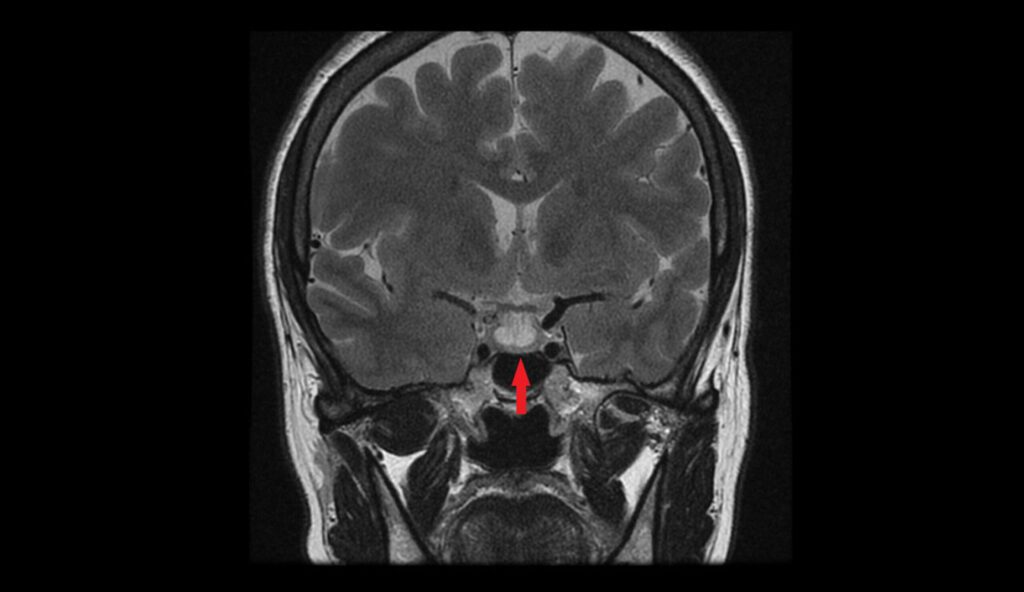
Probing Prolactin: When High Levels Raise Red Flags
We are excited to see so many of you join our FMEP courses. Several of...
0
Thank you to all our participants who attended the Family Medicine Exam Prep Course in Hamilton. We are excited to see so many of you join our fall classes. Several of you have requested we continue to post more practice SAMPs, so here you go!
Just a reminder… pay attention to the questions. Here are our general tips one more time:
1. Pay attention to the questions. Look carefully at how many items you are being asked to list. If the question asks for five items, you will not get more marks if you list eight items; the examiner will look at the first five and allocate marks only for the first five answers – so be careful. On a SAMP, if it is not clearly stated how many items you should list, look at the amount of points/marks being allocated for the question to get an idea of how many answers the examiner may be anticipating you write down.
2. Do not write lengthy answers. Most questions can be answered in 10 words or less!
3. Be specific when writing down investigations (hemoglobin instead of CBC; CT abdomen instead of CT).
4. Remember that trade names and generic names are both acceptable when writing down medications.
5. For more helpful tips, you can refer to CCFP’s SAMP instructions by clicking here.
SAMP
Ms. Pale comes in to see you at the office. She is a new patient. She tells you that she just did blood work at a walk-in clinic and they called her to tell her that her hemoglobin was 90.
1. What are two more tests you would consider ordering to help classify her anemia? (2 points)
2. Her bloodwork returns with a hemoglobin of 90 and an MCV of 72. Based on this result, how would you classify her anemia? (1 point)
3. What is the most common cause of the above classification? (1 point)
4. You suggest appropriate interventions and request that she follow up with your office in two weeks. However, a few days later she presented to the ED feeling extremely fatigued. You order blood work and note that her hemoglobin is now 72 with an MCV of 62. What patient factors would influence your decision on whether she needs to be transfused (list 4)? (4 points)
5. Her vitals are 80/60 HR 80. She reports feeling more dyspneic than usual and extremely fatigued. You decide to organize a blood transfusion. She is started on appropriate therapy and over the course of the next few months, her hemoglobin improves. A year later she comes in for a regular check-up, you repeat her bloodwork and now her hemoglobin is 113 with an MCV of 105. She reports that her tongue feels thicker than usual as well. What is one test you would order to help elucidate the cause of her symptoms? (1 point)
6. List 5 signs and symptoms associated with the above diagnosis.​(5 points)
Â